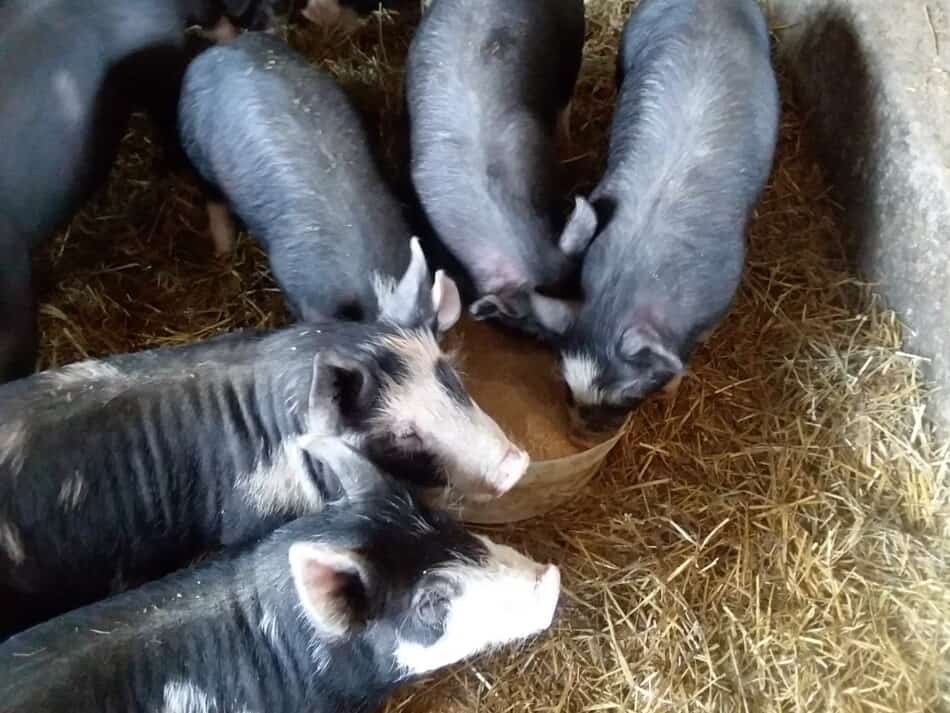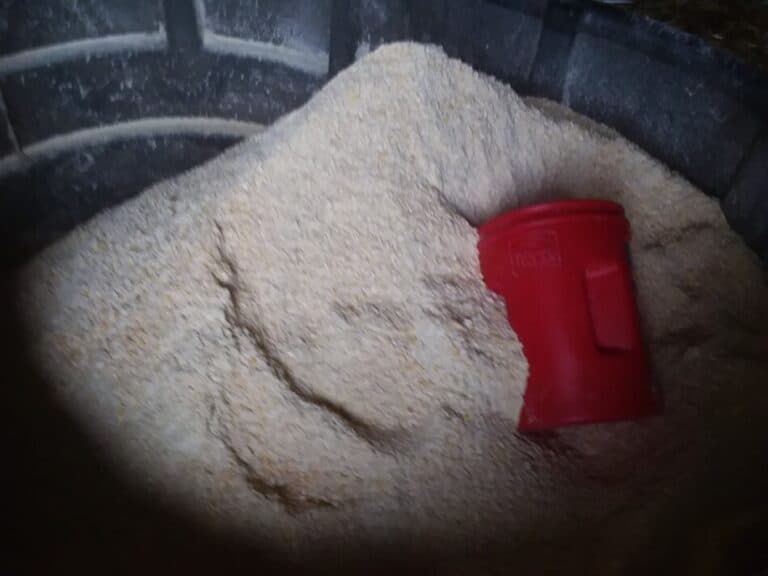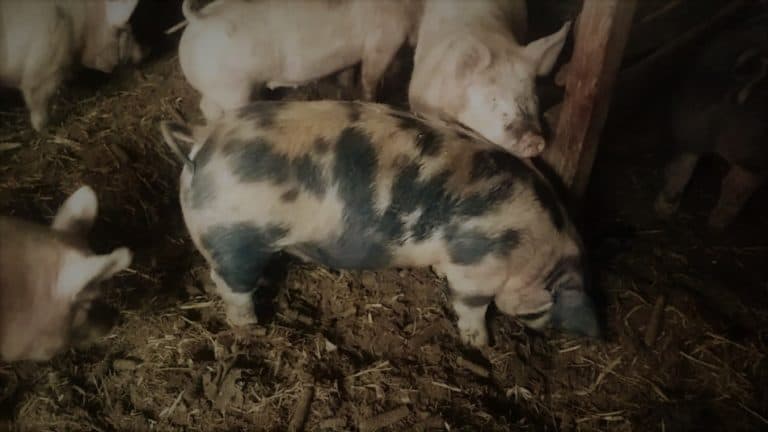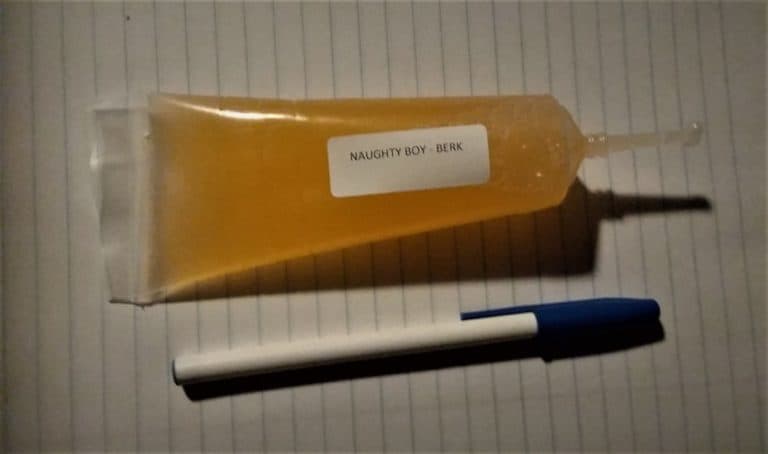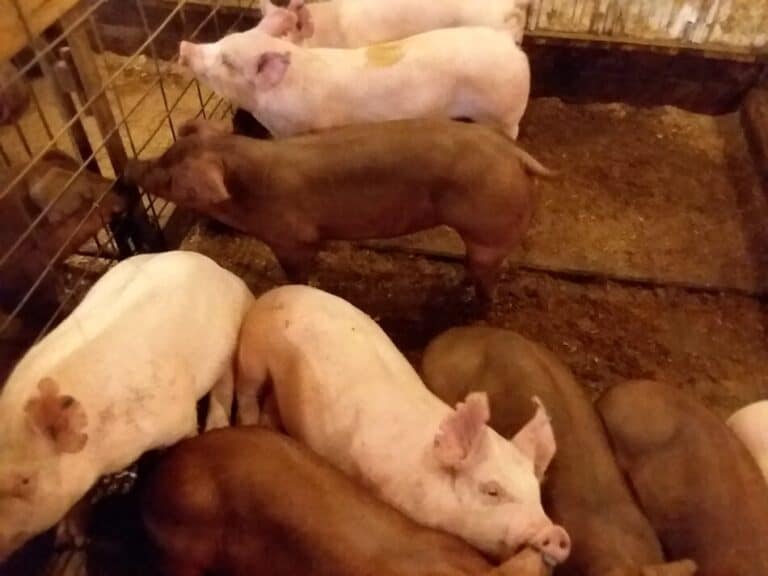Best Feed For Raising Pigs (Including A Handy Chart)

When you are looking into what you can feed your pigs, you can get all manner of advice. Who knows if that random guy on the internet is on to something or is flat out crazy.
Or you could ask the feed company, but guess what they’ll say? They’ll say “buy my company’s pig feed” that’s what! Which advice do you follow, what is the best feed for raising pigs?
The best feed for raising pigs is a complete feed which can be ground or pelleted. Pigs up to 50 pounds should be getting the 21% feed and pigs from 50-80 pounds should be eating the 16% feed. Pigs from 80-160 pounds should be eating a 14% complete feed and pigs over 160 pounds should get a 12.6% complete feed.
| Feed for pig | Pig weight | Amount of total diet |
| 21% Pig Starter, complete feed, ground or pelleted | up to 50# | up to 100% |
| 16% Pig Grower, complete feed, ground or pelleted | 50-80# | up to 100% |
| 14% Pig Grower, complete feed, ground or pelleted | 80-160# | up to 100% |
| 12.6% Pig Finisher, complete feed, ground or pelleted | 160# and up | up to 100% |
| pasture, finishing/market weight pigs | 200# and up | free choice, up to 30% |
| pasture, feeder pigs | up to 200# | free choice, more of a snack |
| vegetable scraps | all ages | fed as a snack |
Is Raising Pigs For Meat Worth It? is an article I wrote going over all of the costs of raising pigs from getting your feeder pigs to butchering costs.
The best feed for pigs is a complete pig feed
The best feed for pigs, the feed that will help them grow the fastest and keep up with their daily energy needs, is a complete feed that you buy in ground or pelleted form.
Complete feed means that you can feed this formulation as the sole ration to your pigs and they will get all of the nutrients they need to grow.
You can, of course, supplement the feed with pasture, hay and/or yard or vegetable scraps, but you don’t have to. The complete feed has everything the pigs need in it already.
Get your pig feed at a local feed mill, if you can
Get your pig feed at the local feed mill, if you have one available.
Not only are you supporting your local community or a neighboring community when you buy feed from the local mill, you are also saving yourself some money.
A feed mill grinds their own feed, usually in 100 pound sacks, and will be significantly less money per pound of feed than branded feed sold in the 50 pound bags.
By “significantly less” I’m talking about around half price, just over half price to be specific. Unfortunately, not all areas have feed mills, but if your area does, be sure to check it out. Your wallet will thank you.
If you are looking for more of a budget, read my article Cost To Feed A Pig.
Feed formulations need to change as the pigs grow
You’ll notice in the table above, the feed that your pigs need to get will change as they grow.
A smaller pig needs a higher percent protein feed than a larger pig does. As the pigs grow, they need more energy in their feed and less protein, which is why the feed formulations change as the pigs put on weight.
You don’t have to change the feed, if you like the formulation you are using.
The reason most folks would change is price, the lower percent protein feeds are going to be cheaper per pound, but it’s up to you and what you can find.
Pig feed can be ground or pelleted
If you get the brand name feed (the feed in 50 pound bags), you could have the option of ground feed or pellets. Either one works fine.
I can see pellets being less likely to be wasted when spilled on the dirt, but usually they are more expensive, so I just go with the normal ground feed for pigs.
Nothing wrong with pellets and if you feel they make a huge difference or maybe you just prefer pellets, go for it.
I always go with ground, since I’d rather they spill a little of the cheaper feed than buy the more expensive feed.
Don’t worry too much about the exact feed for the pigs
You don’t need to be super concerned about figuring exactly how much your pigs weigh. Just getting close to their actual weight is fine.
Getting the feed right for the smaller feeder pigs is much more important than dropping down to a lower percent feed for the larger pigs.
If you are on the fence about the weight of your porkers, go with the higher protein feed.
Be sure to ask the breeder that you are buying feeder pigs from what he/she thinks they weigh and go from there.
As long as your pigs are spunky and have a nice, shiny hair coat you are feeding them what they need.
Water is a key ingredient to feeding pigs
It’s so easy to overlook water needs when feeding pigs! What does water have to do with feed, anyway?
Water intake has a huge influence over the amount of feed that your pigs will be eating! When you restrict water intake (letting your pigs run out of water is a water restriction), you are also restricting feed intake.
Restricting feed intake means lower weight gains for your feeder pigs. This means by shorting your pigs on water, you are also shorting yourself by slowing down the growth of your pigs.
The longer it takes for your pigs to grow to finishing weight, the more money you’ll have in feed, since the bigger pigs have higher daily maintenance needs.
The way to get the most bang for your buck with pig feed is to keep plenty of fresh, clean water available to your pigs at all times.
Not paying attention to your pig’s water needs is stressful for your pigs, while wasting your time and money.
The Pig Site’s article Patterns of Drinking Water Use in pigs, goes over the considerations for pig water intake, like weather and the size of the pigs themselves. It’s geared toward big operations, but still worth a look.
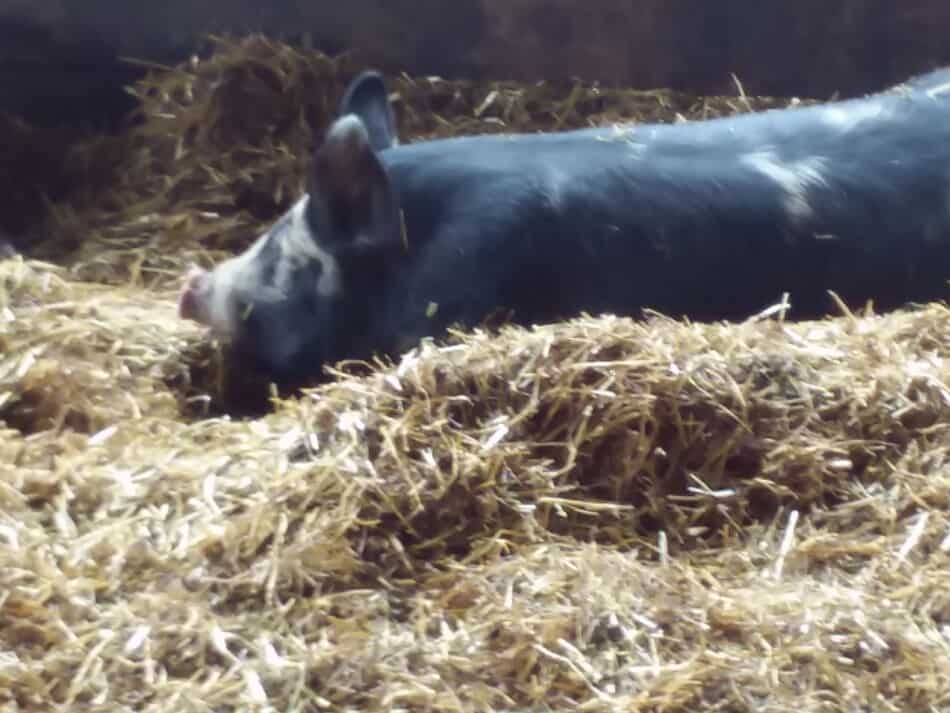
Comfortable pigs grow better
Keeping your pigs comfortable will help them grow more quickly, which will get you more use out of the money and time you have put into feeding them.
Just like you, when pigs are too hot all they think about is laying around and waiting for it to cool down some. If they are laying around, they are not eating!
If your pigs are hot, this is easy, but maybe a bit messy, to fix.
When my pigs are hot, I just hose them down or run some water into a spot where they can make a wallow.
This will immediately cool them down and mine will then get up and eat versus laying around being hot and not growing!
If you have the set up, try a fan. For me, using water is easier and the pigs love it!
Make sure your pigs have all day shade
If your pigs are not under roof, all day shade is mandatory! Notice I wrote “all day shade” not just shade.
So often the nice shady spot that looks good in the morning migrates out of the pen as the sun moves across the sky, which means your pigs are without shade during the hottest part of the day. Not good!
I try to put shade in the middle of an area so that as the sun moves or the weather changes the pigs can move to keep themselves comfortable.
By shade, I’m not talking anything fancy. Trees are great, we use a spare wagon or old vehicle, even really tall plants, like waist high grass will work.
Keep checking the grass, eventually they’ll knock it down and not have shade!
How do you tell if your pigs have enough shade? Hop on in that pen and see if you can find a nice shady spot in the heat of the day.
If you can find enough shade to sit in comfortably, so can they.
If you can’t find a nice shady spot, your pigs need more shade options. Put up a tarp or move the pen to a more suitable area, so your pigs can be comfortable and happy.
